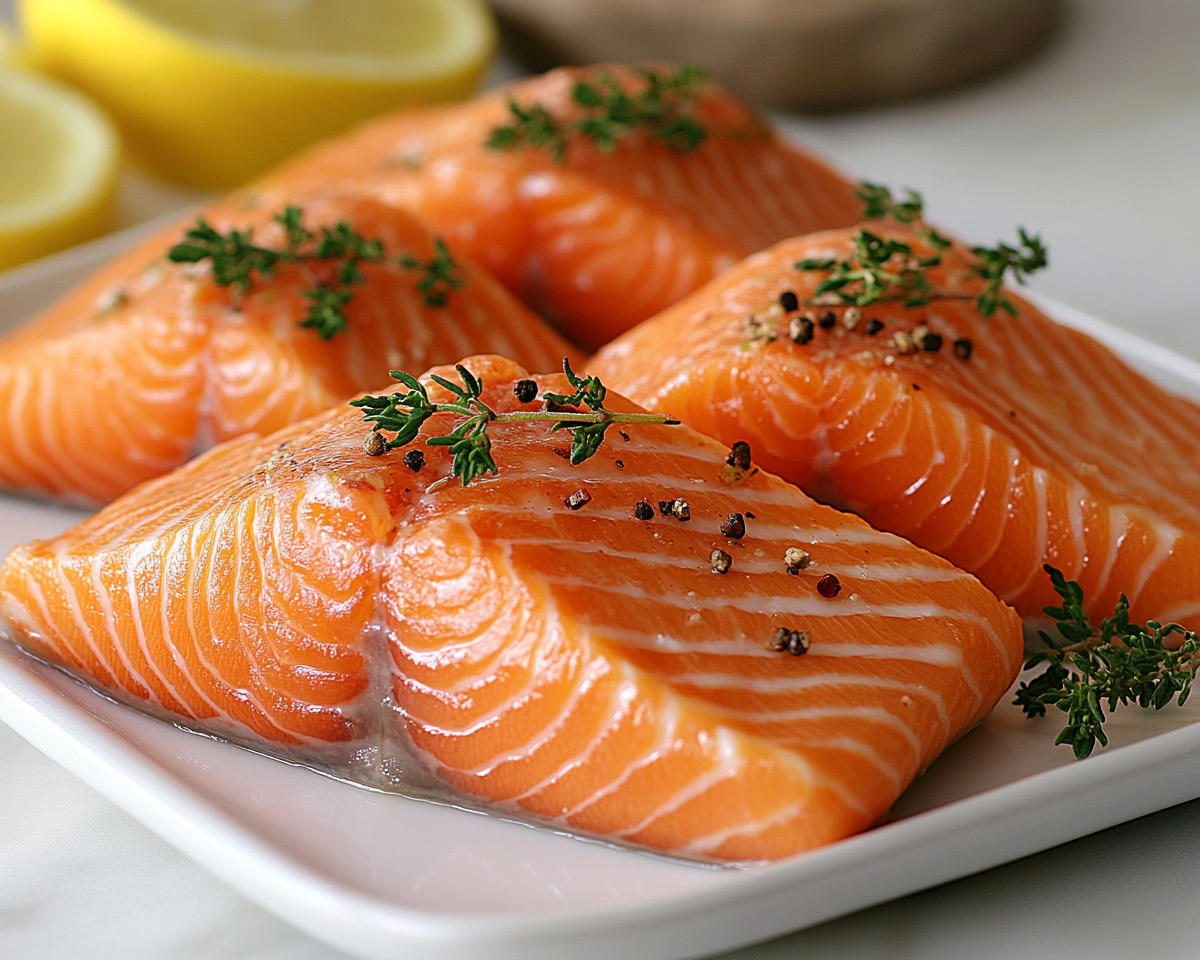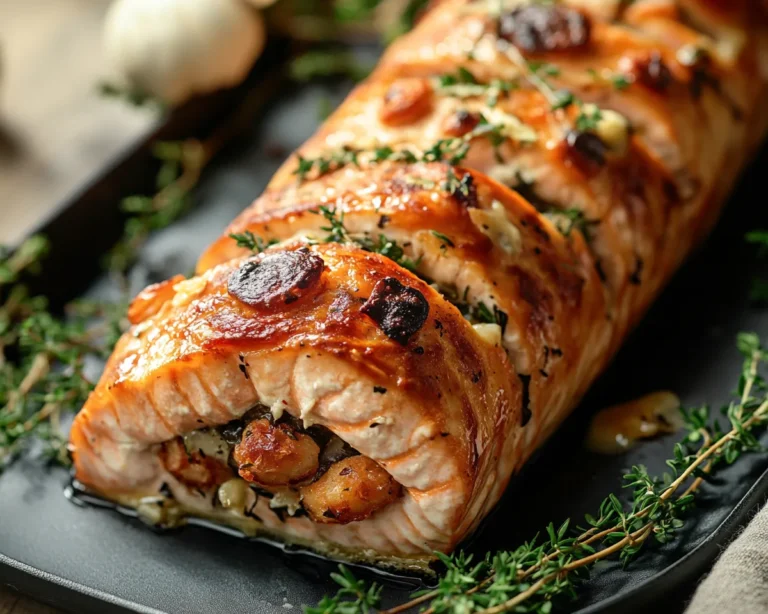Delicious and Nutritious: Can Salmon Recipes Healthy for Every Meal?

The increasing focus on healthy eating means that many people are looking for recipes that not only taste great but also nourish the body. Can salmon recipes healthy be the solution to your meal planning woes? In this article, we will explore delicious salmon dishes that cater to every meal, ensuring you maximize flavor while prioritizing your health.
As healthy eating becomes a priority for many, the question arises: what are some tasty yet nutritious options? Discover how can salmon recipes healthy support your dietary goals while providing a delightful culinary experience. Join us as we delve into a variety of salmon recipes, essential cooking techniques, and nutritional benefits that make this versatile fish a must in your kitchen.
01 | Health Benefits of Salmon: Why You Should Include It in Your Diet
Including salmon in your diet can significantly enhance your overall health. Rich in omega-3 fatty acids, salmon is known to promote heart health by reducing inflammation and lowering blood pressure. It is also packed with essential nutrients such as high-quality protein, B vitamins, and selenium, which are crucial for your body’s functioning. Eating salmon can improve your brain health and mood by providing the necessary omega-3s, which are known to support cognitive function. Lastly, salmon is a versatile ingredient that can easily be incorporated into various meals, making healthy eating enjoyable.
02 | Salmon Recipes for Every Meal: Breakfast, Lunch, Dinner, and Snacks
Salmon can be enjoyed at any time of the day, making it an ideal choice for meals and snacks. For breakfast, consider making a smoked salmon and avocado toast, which is both delicious and nutritious. At lunch, a salmon salad paired with mixed greens and a light vinaigrette can be refreshing. For dinner, why not try a grilled salmon fillet served with seasonal vegetables? Additionally, salmon bites make for great snacks, offering a healthy protein boost. With these options, you can easily find tasty ways to enjoy salmon throughout the day.
03 | Cooking Techniques: Best Ways to Prepare Salmon for Maximum Flavor
To achieve maximum flavor when cooking salmon, several techniques can be employed. Grilling is a popular method that adds a smoky taste, while baking can help retain moisture, keeping the fish tender. For a memorable dish, consider pan-searing the salmon to develop a crisp exterior while maintaining a juicy interior. Steaming is another healthy method that preserves nutrients and flavor, making it a good option. Lastly, poaching salmon in a broth can infuse it with additional flavors, resulting in a delightful meal.
04 | Pairing Salmon: Complementary Ingredients for a Healthy Meal
Pairing salmon with complementary ingredients can elevate your dish and enhance its nutritional value. Fresh herbs like dill and parsley work wonderfully to brighten the flavors of salmon. Adding citrus fruits, such as lemon or orange, can provide a refreshing contrast and enhance the overall taste. Consider whole grains like quinoa or brown rice as nutritious side options that add texture to your meal. Lastly, incorporating colorful vegetables not only adds visual appeal but also boosts the meal’s vitamins and minerals.
05 | Nutritional Information: Understanding the Benefits of Salmon
Salmon is not just delicious; it is incredibly nutritious as well. A standard portion of salmon is packed with approximately 22 grams of high-quality protein, which is essential for muscle growth and repair. Additionally, it contains omega-3 fatty acids that play a critical role in reducing the risk of heart disease. Salmon is also an excellent source of vitamin D, which is important for bone health, and selenium, which supports immune function. By incorporating salmon into your diet, you can enjoy these remarkable health benefits.
06 | Salmon Storage Tips: How to Keep It Fresh and Delicious
Storing salmon correctly is key to maintaining its freshness and flavor. First, always keep salmon in the coldest part of your refrigerator and consume it within two days of purchase for the best quality. If you need to store it for a longer period, freezing is an excellent option; wrap it tightly in plastic wrap and aluminum foil to prevent freezer burn. When ready to use frozen salmon, thaw it in the refrigerator overnight, never at room temperature, to ensure safety. Finally, for enhanced flavor, consume salmon soon after thawing.
07 | Frequently Asked Questions About Salmon and Healthy Eating
Many people have questions about including salmon in their diet. One common query is whether salmon is safe to eat regularly; the answer is yes, particularly wild-caught salmon due to its lower mercury levels. Another question surrounds the best cooking methods for preserving nutrients; grilling, baking, and steaming are all great options. Lastly, some wonder about the best sides to complement salmon; consider whole grains and a variety of vegetables for a well-rounded meal. These questions highlight the versatility and health benefits of salmon for a nutritious diet.
By incorporating salmon recipes into your daily meals, you can achieve a delicious balance of flavor and nutrition that supports your health goals. Can salmon recipes healthy be the key to a more wholesome diet? We invite you to explore our collection of recipes and tips, and savor the delightful dishes that will nourish both your body and your palate.






